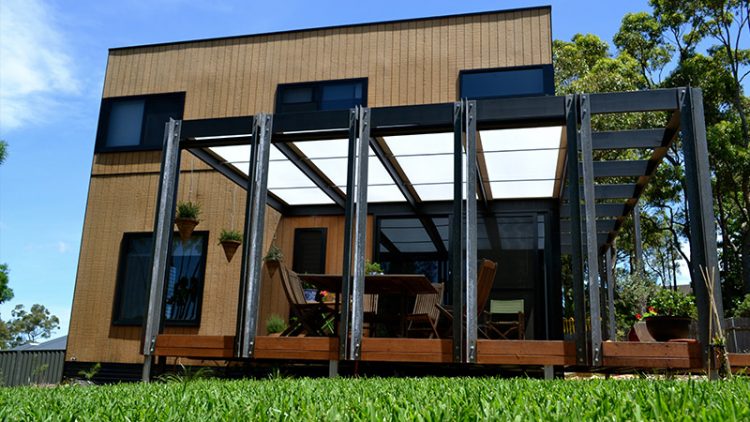Demystifying the Construction Certification Process
The steps involved in pre-construction can be confusing and overwhelming. With so many planning, council and certification processes to complete it’s easy to get stuck knowing what to do next.
Luckily, your builder and designer should be able to guide you through the process, which is one reason why it’s integral to have them engaged from the very beginning. The two parties should work together closely right from the concept design stage to ensure your project is completed to your budget and specs.
Obviously, it’s important that you understand the processes involved as well. At Smartbuild South Coast, we find a lot of clients think once their Development Application has been approved they are ready to build. Unfortunately not – this is just the beginning and there are many construction certification documents to be completed before works can actually begin.
So what’s left to do?
1.Have your Development Application (DA) approved
A Development Application, commonly referred to as a DA, is a formal request for approval to carry out a development. Your builder or designer can take care of this and will lodge the Development Application on your behalf. This will need to be approved by your local council or a private certifier before any work can begin. Once submitted, the certifying body will assess the application based on applied community standards, planning and development legislation and council requirements.
A Development Application consists of detailed plans and drawings of the proposed development; a Statement of Environmental Effects; supporting documentation and a formal application form. Following approval of the DA, the next step is to appoint a Principle Certifying Authority.
2.Appoint a Principle Certifying Authority (PCA)
Every construction project must have a Principle Certifying Authority (PCA), who will monitor construction as it progresses to ensure it complies with your approved Construction Certificate (CC). The PCA will be the same authority that issues your CC, so they will be fully aware of your project and understand the works involved.
The PCA can be your local council or a private accredited building Certifier and is the same body that will issue you with an Occupancy Certificate at the end of construction, giving approval for the building to be occupied.
3.Gather Documents
Your approved DA will include a list of relevant compliance documents, which need to be submitted to obtain your CC. Before you begin on the next step CC, take some time to gather these documents to ensure you have everything you need. Without these papers, your CC application may not be processed and construction works on your project may be delayed.
For a standard home, the necessary documents will include the following:
- Architectural Construction Certificate and architectural plans
- Contract of Certification Work
- General building housing specifications for the project
- Structural and Hydraulic engineering plans endorsed by an accredited engineer
- A letter of structural adequacy from an engineer (only applicable if you are building on an existing structure)
- Section 94 Levy payment contribution
- Long Service Levy payment for works $25,000.00 or greater
- Home Owners Warranty insurance for the project
- A BASIX Certificate
It’s important to note that this list will grow should your job be a multi dwelling or subdivision project.
4.Obtain a Construction Certificate
A Construction Certificate is an assessment on the construction of a proposed building. This certificate affirms that your construction plans and development specifications comply with the Development Consent, the appropriate Australian Standards, Council’s Policies and the Building Code of Australia (BCA).
You may obtain a CC from your local council or from a privately accredited certifier.
Are you eligible for a Complying Development Certificate?
You may be eligible for a Complying Development Certificate if your construction is a minor or routine development, which will have only a minor impact on the environment.
A Complying Development Certificate combines the functions of both development consent and a construction certificate and can be issued by either the local council or a private certifier. Note, you will still be required to appoint a Principal Certifying Authority (PCA) to monitor the construction.
5.Start work on site
With all the t’s crossed and i’s dotted, your construction can now begin! It might seem like a confusing process, but it is relatively simple in reality. Remember that your builder and designer are there to help you and should be able to answer any questions you may have about the construction certification process at any stage.
___
If you want to know more about planning, council and construction certification processes or simply want to find out how Smartbuild South Coast can build your dream home, get in touch with us today!

